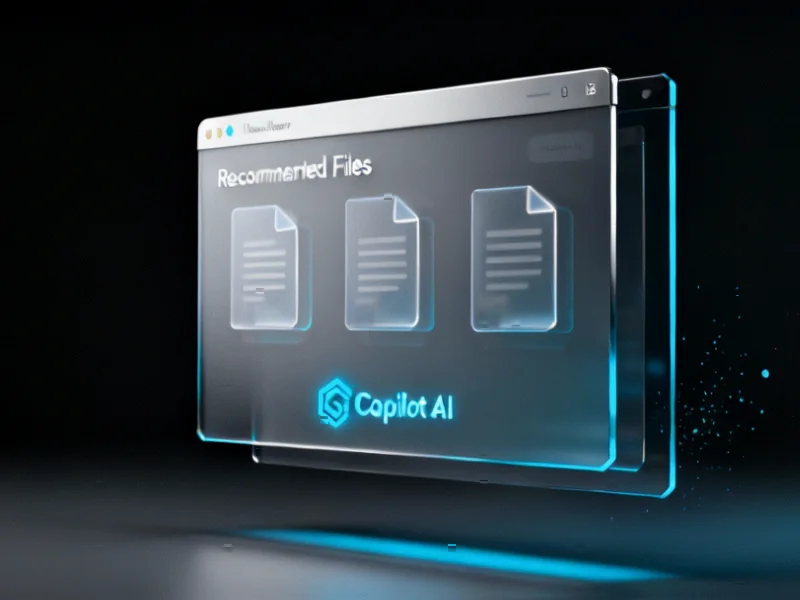According to Phoronix, the LXQt project has released version 2.3 of their lightweight desktop environment with improved Wayland support and various bug fixes. This release comes approximately six months after LXQt 2.2 and includes better compatibility with the modern Wayland display protocol. Simultaneously, the libinput input handling library used by Wayland and modern X11 sessions is preparing to introduce a Lua-based plugin system. This plugin architecture will allow for modifying device behavior and events through custom scripts. Both developments represent significant steps forward for the Linux desktop ecosystem. These updates address critical gaps in Wayland adoption and input customization capabilities.
The Wayland Momentum Continues
Here’s the thing about LXQt’s improved Wayland support – it’s not just another checkbox feature. We’re seeing real momentum building across the desktop environment landscape. KDE and GNOME have been Wayland-first for a while now, but having lightweight alternatives like LXQt catching up matters. It means users who prefer leaner desktop environments don’t have to sacrifice modern display server capabilities.
And honestly, the timing couldn’t be better. X11 is basically on life support at this point, with most major distributions planning Wayland-by-default installations. But there’s still this gap for users who want something lighter than GNOME or KDE. LXQt 2.3 helps fill that gap. The question is, when will we see other lightweight environments like Xfce make similar strides?
Libinput’s Potential Game Changer
Now the libinput development might actually be the bigger story here. A Lua-based plugin system? That’s huge. Basically, it means users and developers could write simple scripts to modify how input devices behave without needing to recompile anything or wait for upstream changes.
Think about the possibilities – custom gesture recognition, device-specific tweaks, even creating entirely new input paradigms. This could democratize input customization in a way we haven’t seen before. Right now, if you want to change how your touchpad or mouse behaves, you’re often stuck with whatever options the desktop environment exposes. This plugin system could change everything.
Broader Implications
I think we’re seeing something important happening here. These two developments, while separate, point toward a more mature and customizable Linux desktop. Wayland support becoming ubiquitous across all types of desktop environments means we’re finally moving past the fragmentation that’s held back adoption. And input customization becoming more accessible? That’s exactly the kind of flexibility that makes Linux special.
Michael Larabel, who’s been covering this beat for decades through his Twitter and his website, has seen these transitions before. The pattern is familiar – incremental improvements that eventually add up to something transformative. We’re probably still a year or two away from these pieces fully coming together, but the trajectory is clear. The Linux desktop is getting both more standardized and more customizable at the same time. And that’s a pretty neat trick.




